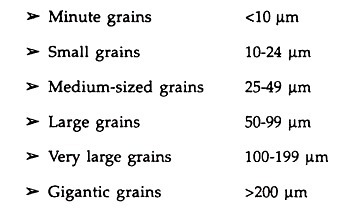The length of DNA double helix is calculated in a typical mammalian cell (simply by multiplying the total number of bp with distance between two consecutive bp, that is, 6.6 x 109 bp x 0.34 x 10-9m/bp), which approximately comes out to be 2.2 meters.
A length that is far greater than the dimension of a typical nucleus (approximately 10-6 m).
DNA (being negatively charged) is held with some proteins (that have positive charges) in a region termed as ‘nucleoid’. The DNA in nucleotide is organized in large loops held by proteins. There is a set of positively charged, basic proteins known as histones. A protein acquires charge depending upon the abundance of amino acids residues with charged side chains.
Histones are rich in the basic amino acid residues lysines and argentines. Both the amino acid residues carry positive charges in their side chains. Histones are organized to form a unit of eight molecules called as histone octamer. To form a structure called nucleosome the negatively charged DNA is wrapped around the positively charged histone octamer as shown in colored image 4.4.
A typical nucleosome contains 200 bp of DNA helix. The repeating unit of a structure in nucleus is called chromatin which is present in nucleosomes. In nucleus thread-like stained (colored) bodies are the nucleosomes and chromatin is seen as ‘beads-on-string’ structure. When viewed under electron microscope (EM), as shown in Fig. 4.1.
To form chromatin fibers the beads-on-string structure in chromatin is packaged. The chromatin fibers are further coiled and condensed at metaphase stage of cell division to form chromosomes. The packaging of chromatin at higher level requires additional set of proteins that collectively are referred to as Non-histone Chromosomal (NHC) proteins.
Some region of chromatin in a typical nucleus, are loosely packed (and stains light) and are referred to as euchromatin. Chromatin which are more densely packed and stains dark are called as Heterochromatin. Heterochromatin is inactive, where as euchromatin is said to be transcriptionally active chromatin.

